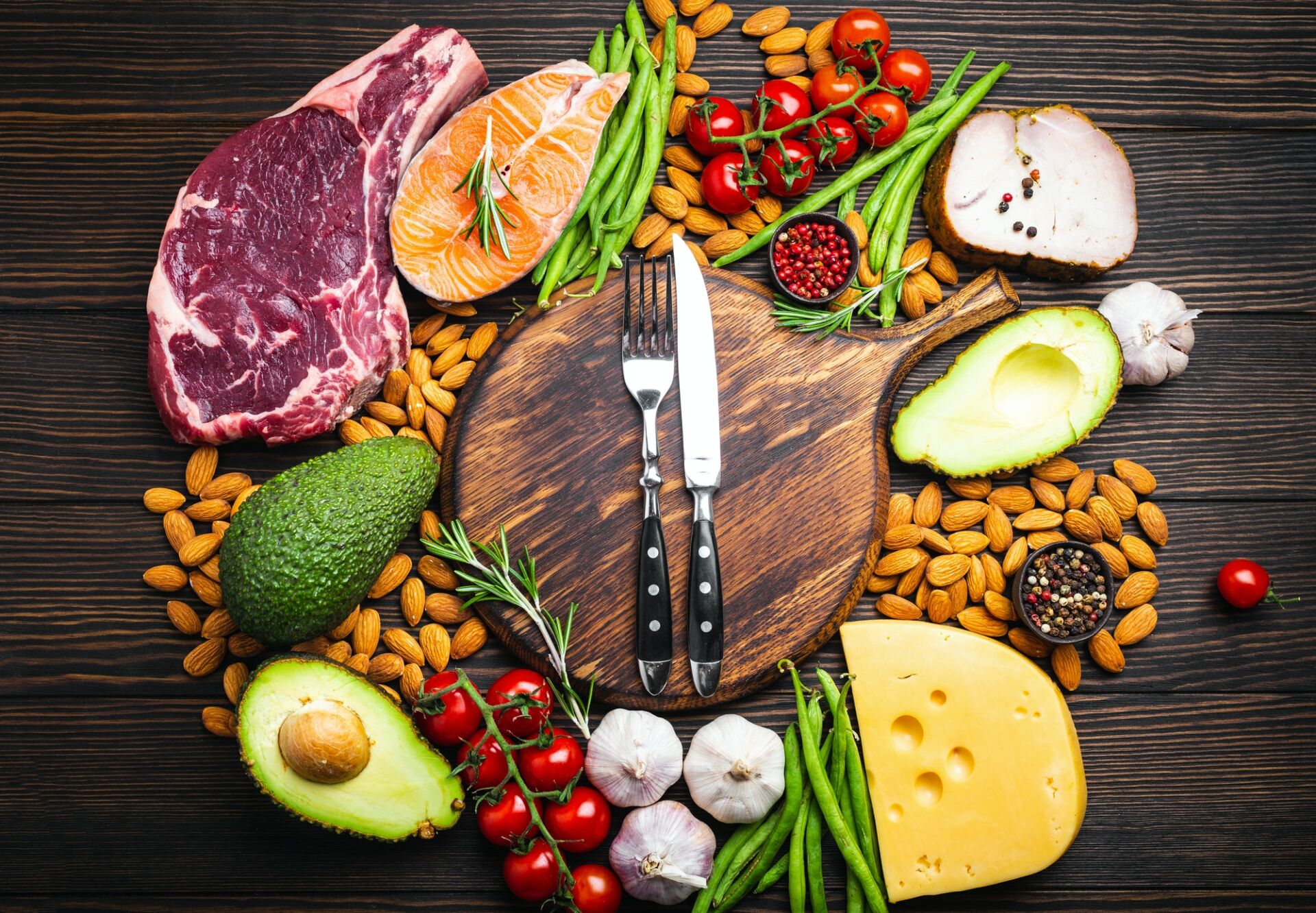Table of Contents
ToggleOMAD is an acronym that stands for “One Meal A Day”. It’s one of many nutritional methods that we know of and this idea isn’t really new even though a lot of people believe it to be. It’s been around for a while now but it caught a lot of attention lately. As you can already imagine, your entire diet should be based on having one meal per day. What do you eat during that one meal? That is entirely up to you.


What makes this diet so brutal, yet so simple is the topic for today. In fact, OMAD may indeed be the future of dieting for many folks and for good reasons too.
Before venturing any further there is something worth mentioning. OMAD is a diet plan, just like any other. That means it might work for some, but it will NOT work for everybody. People have different bodies, genes, health conditions, etc., etc. Therefore, take everything into consideration and consult your nutritionist before drastically changing your eating habits.
Elaborate, please…
Okay, yes, we only got the obvious out of the way. We have to explain how this thing really works.
Eating only once a day is basically an intermittent fasting method but on steroids. You can call it OMAD or fasting, it doesn’t really matter. It’s basically a 23/1 fast where you have 23 fasting hours and the remaining one hour is the window during which you eat all the food you want. If you know intermittent fasting then you’re familiar with how this system works.
The food options will vary from person to person. If you’re an athlete in pursuit of your “dream” physique you will be picky with what you put on your plate (more like plates). If you’re trying to lose a pound or two then your meal will be different and way smaller than otherwise. You can imagine OMAD as a condensed version of the typical three-meal diet. You still have to account for all of the macronutrients even though you only eat once.

There are certain variations to the OMAD. Sometimes it can be more than one meal since it depends on what you define as ‘having a meal’. However, if you wish to follow this method you should have one meal per day that contains your caloric intake. You may consume beverages too, such as coffee or tea, but they shouldn’t contain any calories so as not to rev up your metabolism.
Usually, that one meal you eat is dinner but there is no rule when it comes to choosing the time you wish to have your meal. People prefer to have a meal later in the day because it usually involves a lot of food. That requires time not only to prepare but also to digest, therefore, it’s more practical to eat after school, work…
The food should be rich in the nutrients, but also calories. For example, one meal could look like this: steak with a portion of French fries, a bowl of green salad, and a portion of cookies or some ice-cream. This is just an example. You could eat anything else you prefer as long as you stay within your caloric range.
All Fasting methods are alike, no matter what their specific differences are. OMAD is another player on the “fasting” team but he’s one heck of a player so to speak. He asks for a lot, but he could potentially give back even more. Here’s why.
Why try OMAD?
Have you ever had a drowsy, boring, fatigue-like feeling after a delicious spaghetti carbonara or any other carb-heavy lunch? It can literally feel like the food demon came and sapped all life out of you. It’s the worst. Well, guess what? No meal = no problem! Common sense, right? If you don’t eat then you won’t feel sleepy or tired.
Many people use OMAD as a hack to optimize their work. They claim to feel way more energized when they do not consume food since their focus is on the task in front of them and not somewhere else. Moreover, you can do more work since you don’t need to take breaks for lunch or snacks.
OMAD can also leave people feeling wonderful because you can eat anything you want! You don’t have to worry about whether or not you can order something tasty when eating out. It’s a great self-rewarding mechanism, too. You waited hours and hours so why not treat yourself to something delicious AND get away with it too.
This method might prove itself useful if your goal is to lose weight. You have to stay inside of a caloric deficit for that to happen but having only one meal per day will make that job way easier.
What about sustainability?
Depending on the goals this method might be sustainable for some and unsustainable for others. If you’re a bodybuilder who needs 4000+ calories every day chances of you sticking to OMAD are kind of slim (not impossible). If you weigh less and only need about a 1000 or a bit over then you might find this diet wonderful.
There are downsides to any diet and OMAD is no exception. With the above-mentioned difficulty of eating absurd amounts of food during a single meal you also have to fast every single day…for 23 hours! It’s a challenge to stay hungry for so many hours and not many can pass it. Sure, coffee and tea can help with suppressing the feeling of hunger but you can only drink so much caffeine on an empty stomach.

One thing you can do is have ‘days off’ so to speak. That means that you can eat one meal a day during the workdays and then take it easy for the weekend and eat more than once. That can also reap plenty of benefits for you if you follow those workdays as you should – without cheating.
Final thoughts
We can draw a few conclusions here.
OMAD is one heck of a diet and nobody can deny that. However, sticking to this diet comes with a price.
If you’re on a mission to lose a few pounds, if you don’t mind being starved for long periods of time, and if you want sharp focus during your work then we highly suggest you try OMAD out. There are so many ways you can benefit from it and we’ve only named a few.
On the other hand, don’t try OMAD if you struggle to meet a caloric surplus or if you can’t stand the feeling of an empty stomach. There are plenty of other diet plans and surely there’s one which will suit you better. Your goals will align better with some other diet that consists of more than one meal or eating window.
Thank you for reading!


